Cortical Network Desynchronization
Just like your heart beats in a rhythm, so does your brain; these oscillatory rhythms occur at the level of the individual neuron, local networks, and global networks as well. These rhythmic patterns are generated at various frequency bands ie. alpha, gamma, delta, beta, and theta) measured in Hertz, and reflect activity of distinct brain networks. Ex. Gamma waves tend to be generated all over, while beta waves tend to be generated in motor areas. Neural synchronizations is a fundamental property of how the brain functions, with certain neurons wired to fire together in rhythm. Interestingly however, when desynchronization occurs, neurons that are normally mutually exclusive begin firing together, which can make for some interesting experiences. In fact, this phenomenon may explain the psychedelic effect of synesthesia (i.e. hearing colors or seeing music).
Psychedelics desychronize oscillatory power across all frequency bands and brain areas but particularly in the "Default Mode Network" (DMN). The DMN is a network of interacting brain regions that is active when a person is not focused on the outside world. Some researchers theorize this to be where the "sense of self" arises. Thus, desynchronization of the DMN might explain how psychedelics dissolve the sense of self.
To read more: Broadband Cortical Desynchronization Underlies the Human Psychedelic State
